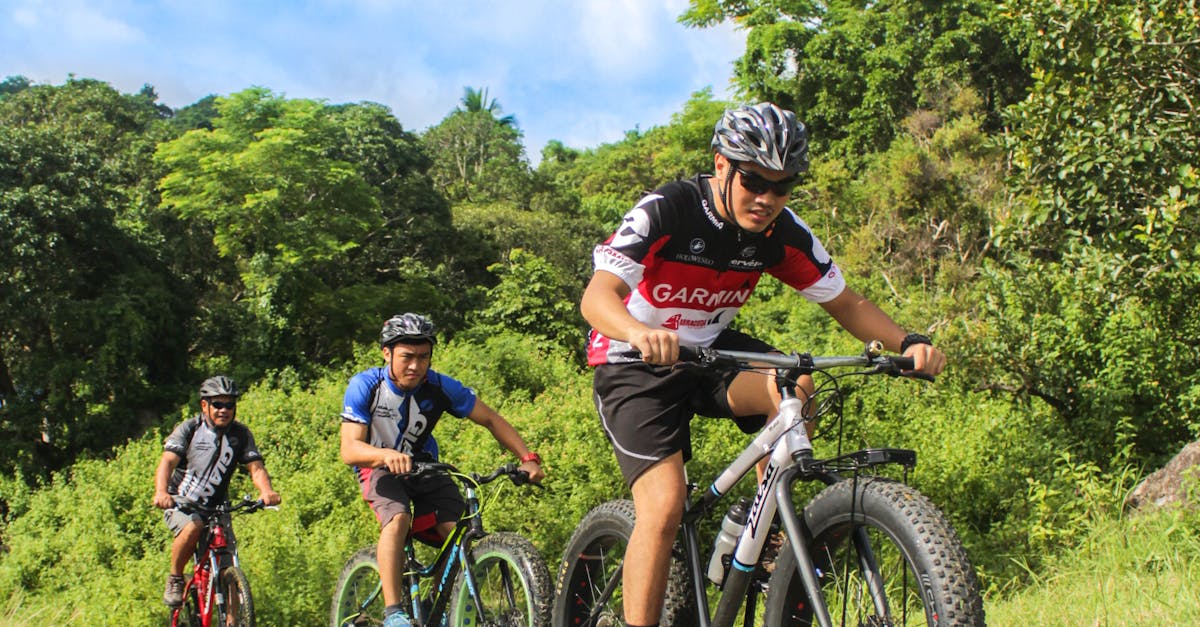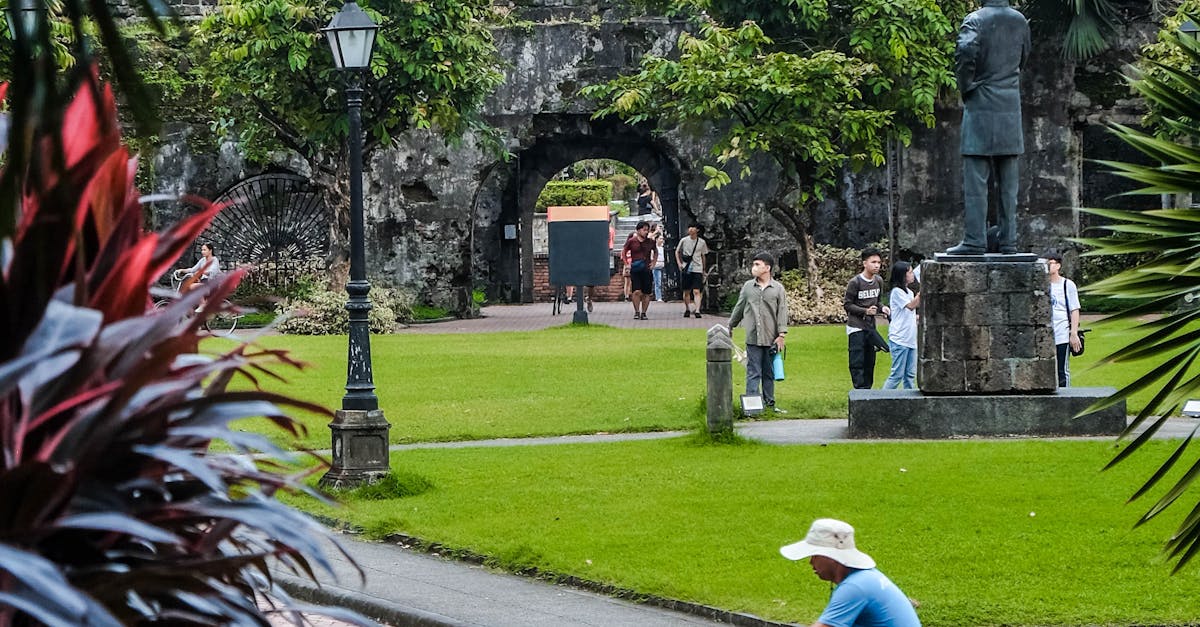Cycling and Tight Hip Flexors: Causes, Stretches, and Prevention
Unlocking Hip Flexibility for Cyclists: A Comprehensive Guide to Causes, Stretches, and Prevention

Cycling and Tight Hip Flexors: Causes, Stretches, and Prevention
Cycling is a fantastic way to get exercise and enjoy the outdoors. However, it can also lead to a common problem: tight hip flexors.
Hip flexors are the muscles that lift your knees towards your chest. Cycling repetitively uses these muscles, which can lead to shortening and tightness. This can cause a variety of problems, including pain, reduced range of motion, and decreased performance.
Luckily, there are a number of things you can do to prevent and treat tight hip flexors. In this article, we’ll discuss the causes of tight hip flexors in cyclists, as well as some effective stretches and preventive measures.
1. Causes of Tight Hip Flexors in Cyclists
Causes of Tight Hip Flexors in Cyclists
Cycling is a great way to get exercise, but it can also lead to tight hip flexors. Hip flexors are the muscles that lift your knees toward your chest. When you cycle, you use your hip flexors to push the pedals. Over time, this repetitive motion can cause your hip flexors to shorten and tighten.
In addition to repetitive motion, aggressive riding positions can also contribute to tight hip flexors. When you ride in a forward-leaning position, your hip flexors are in a shortened position for an extended period of time. This can put stress on your hip flexors and lead to tightness.
Muscular imbalances can also contribute to tight hip flexors. If your gluteal muscles (your butt muscles) are weak, your hip flexors may have to work harder to stabilize your pelvis. This can lead to overuse and tightness of the hip flexors.
Repetitive Motion
Repetitive Motion
The constant pedaling motion in cycling can strain and shorten hip flexor muscles, leading to tightness. When you pedal, your hip flexors are responsible for lifting your knees towards your chest. This repetitive motion can put a lot of stress on your hip flexors, especially if you are not used to cycling or if you are riding for long periods of time.
Over time, this repetitive motion can cause your hip flexors to shorten and tighten. This can lead to a variety of problems, including pain, reduced range of motion, and decreased performance.
To prevent tight hip flexors, it is important to stretch your hip flexors regularly. You should also try to avoid overtraining and gradually increase your cycling intensity and duration over time.
Aggressive Riding Positions
Aggressive Riding Positions
In addition to repetitive motion, aggressive riding positions can also contribute to tight hip flexors in cyclists. When you ride in a forward-leaning position, your hip flexors are in a shortened position for an extended period of time. This can put stress on your hip flexors and lead to tightness.
An improper bike fit can also contribute to tight hip flexors. If your bike is not the right size or if it is not adjusted properly, it can put your body in an uncomfortable position that can strain your hip flexors.
To avoid tight hip flexors from aggressive riding positions, it is important to make sure that your bike is the right size and that it is adjusted properly. You should also try to avoid riding in a forward-leaning position for extended periods of time. If you must ride in a forward-leaning position, be sure to take breaks to stretch your hip flexors.
Muscular Imbalances
Muscular Imbalances
Weak or inactive gluteal muscles can also contribute to tight hip flexors by creating an imbalance in hip mechanics. The gluteal muscles are responsible for extending the hip and stabilizing the pelvis. When the gluteal muscles are weak or inactive, the hip flexors may have to work harder to stabilize the pelvis. This can lead to overuse and tightness of the hip flexors.
In addition, weak gluteal muscles can also lead to an anterior pelvic tilt. This is a condition in which the pelvis is tilted forward, which can put additional strain on the hip flexors.
To avoid tight hip flexors from muscular imbalances, it is important to strengthen your gluteal muscles. You can do this by doing exercises that target the glutes, such as squats, lunges, and bridges.
2. Effective Stretches for Tight Hip Flexors

Effective Stretches for Tight Hip Flexors
If you are experiencing tight hip flexors, there are a number of stretches that you can do to target and relieve tension in these muscles. Some effective stretches for tight hip flexors include:
- Standing Quad Stretch: Stand with your feet shoulder-width apart. Step forward with your right leg and bend your knee so that your thigh is parallel to the floor. Reach back and grab your right foot with your right hand. Pull your heel towards your buttocks until you feel a stretch in your right hip flexor.
- Kneeling Hip Flexor Stretch: Kneel on your right knee and place your left foot flat on the floor in front of you. Lean forward and place your hands on your left thigh. Gently push your hips forward until you feel a stretch in your right hip flexor.
- Seated Figure-Four Stretch: Sit on the floor with your legs extended in front of you. Cross your right leg over your left leg and place the sole of your right foot on the inside of your left thigh. Lean forward and gently push your right knee towards your chest until you feel a stretch in your right hip flexor.
Standing Quad Stretch
Standing Quad Stretch
The standing quad stretch is a simple and effective stretch that can help to relieve tension in the hip flexors. To do this stretch:
- Stand with your feet shoulder-width apart.
- Step forward with your right leg and bend your knee so that your thigh is parallel to the floor.
- Reach back and grab your right foot with your right hand.
- Pull your heel towards your buttocks until you feel a stretch in your right hip flexor.
- Hold the stretch for 30 seconds.
- Repeat on the other side.
You can also do this stretch with a strap or towel. To do this, loop the strap or towel around the arch of your right foot and hold onto the ends with your right hand. Pull the strap or towel towards your buttocks until you feel a stretch in your right hip flexor.
Kneeling Hip Flexor Stretch
Kneeling Hip Flexor Stretch
The kneeling hip flexor stretch is a great way to release tightness and improve hip mobility. To do this stretch:
- Kneel on your right knee and place your left foot flat on the floor in front of you.
- Lean forward and place your hands on your left thigh.
- Gently push your hips forward until you feel a stretch in your right hip flexor.
- Hold the stretch for 30 seconds.
- Repeat on the other side.
You can also do this stretch with a strap or towel. To do this, loop the strap or towel around the arch of your right foot and hold onto the ends with your right hand. Pull the strap or towel towards your buttocks until you feel a stretch in your right hip flexor.
Seated Figure-Four Stretch
Seated Figure-Four Stretch
The seated figure-four stretch is a great way to lengthen and relax the hip flexors. To do this stretch:
- Sit on the floor with your legs extended in front of you.
- Cross your right leg over your left leg and place the sole of your right foot on the inside of your left thigh.
- Lean forward and gently push your right knee towards your chest until you feel a stretch in your right hip flexor.
- Hold the stretch for 30 seconds.
- Repeat on the other side.
You can also do this stretch with a strap or towel. To do this, loop the strap or towel around the arch of your right foot and hold onto the ends with your right hand. Pull the strap or towel towards your buttocks until you feel a stretch in your right hip flexor.
3. Preventive Measures to Avoid Tight Hip Flexors
Preventive Measures to Avoid Tight Hip Flexors
In addition to stretching, there are a number of other things you can do to prevent tight hip flexors, including:
- Proper Bike Fit: A proper bike fit can help to ensure that your bike is the right size and that it is adjusted properly for your body. This can help to reduce strain on your hip flexors and prevent tightness.
- Glute Strengthening Exercises: Strengthening your gluteal muscles can help to create balance in your hip mechanics and reduce the likelihood of tight hip flexors. Some good glute strengthening exercises include squats, lunges, and bridges.
- Regular Stretching: Regular stretching can help to maintain hip flexibility and prevent muscle imbalances. Make sure to stretch your hip flexors regularly, as well as the other muscles in your legs and hips.
Proper Bike Fit
Proper Bike Fit
A proper bike fit is essential for preventing tight hip flexors. A bike that is the wrong size or that is not adjusted properly can put strain on your hip flexors and lead to tightness. When you have a professional bike fit, a trained specialist will measure your body and adjust your bike to fit you perfectly. This will help to ensure that you are in a comfortable and efficient position when you ride, which can help to reduce strain on your hip flexors.
In addition to preventing tight hip flexors, a proper bike fit can also improve your performance and reduce your risk of other injuries. If you are experiencing tight hip flexors or other discomfort when you ride, it is important to get a professional bike fit.
Glute Strengthening Exercises
Glute Strengthening Exercises
Strengthening your gluteal muscles can help to create balance in your hip mechanics and reduce the likelihood of tight hip flexors. Some good glute strengthening exercises include:
- Squats: Squats are a great way to strengthen your glutes, hamstrings, and quadriceps. To do a squat, stand with your feet shoulder-width apart and lower your body down until your thighs are parallel to the floor. Keep your back straight and your knees aligned with your toes. Return to the starting position and repeat.
- Lunges: Lunges are another great exercise for strengthening your glutes. To do a lunge, step forward with your right leg and bend your knee so that your thigh is parallel to the floor. Keep your left leg straight and your back straight. Push yourself back up to the starting position and repeat on the other side.
- Bridges: Bridges are a great way to strengthen your glutes and hamstrings. To do a bridge, lie on your back with your knees bent and your feet flat on the floor. Lift your hips up until your body forms a straight line from your shoulders to your knees. Hold the position for a few seconds and then lower back down to the starting position.
Regular Stretching
Regular Stretching
Regular stretching is essential for maintaining hip flexibility and preventing muscle imbalances. When you stretch, you lengthen your muscles and improve their range of motion. This can help to reduce tightness in your hip flexors and other muscles in your legs and hips.
In addition to preventing tight hip flexors, regular stretching can also improve your performance and reduce your risk of other injuries. If you are experiencing tight hip flexors or other discomfort when you cycle, it is important to incorporate regular stretching into your routine.
4. Additional Tips for Cyclists

Additional Tips for Cyclists
In addition to the preventive measures discussed above, there are a number of other things that cyclists can do to manage hip flexor tightness and optimize their cycling experience, including:
- Warm-Up and Cool-Down: Warming up before you ride and cooling down afterwards can help to prepare and recover your hip flexor muscles. A good warm-up should include some light cardio and dynamic stretching. A good cool-down should include some static stretching.
- Listen to Your Body: If you are experiencing pain or discomfort in your hip flexors, it is important to listen to your body and rest. Pushing through pain can lead to further injury.
- Consider Professional Help: If you are experiencing persistent hip flexor tightness or pain, it is important to see a doctor or physical therapist. They can help you to diagnose the cause of your pain and recommend the best course of treatment.
Warm-Up and Cool-Down
Warm-Up and Cool-Down
A warm-up is important before any type of exercise, but it is especially important before cycling. Warming up helps to prepare your muscles for the activity ahead and can help to prevent injuries. A good warm-up should include some light cardio and dynamic stretching.
Light cardio gets your heart rate up and your blood flowing. This helps to deliver oxygen and nutrients to your muscles, which makes them more pliable and less likely to be injured.
Dynamic stretching involves moving your muscles through their full range of motion. This helps to improve flexibility and range of motion, which can also help to prevent injuries.
A cool-down is also important after any type of exercise, but it is especially important after cycling. Cooling down helps to bring your heart rate and breathing back to normal and can help to prevent muscle soreness. A good cool-down should include some light cardio and static stretching.
Static stretching involves holding a stretch for a period of time. This helps to improve flexibility and range of motion.
Listen to Your Body
Listen to Your Body
It is important to listen to your body when you are cycling. If you are experiencing pain or discomfort, it is important to rest. Pushing through pain can lead to further injury.
Here are some signs that you may need to rest:
- Pain in your hip flexors or other muscles
- Numbness or tingling in your legs or feet
- Fatigue
- Shortness of breath
- Dizziness
If you experience any of these symptoms, it is important to stop cycling and rest. You may also want to see a doctor or physical therapist to rule out any underlying medical conditions.
Consider Professional Help
Consider Professional Help
If you are experiencing persistent hip flexor tightness or pain, it is important to see a doctor or physical therapist. They can help you to diagnose the cause of your pain and recommend the best course of treatment.
A physical therapist can help you to develop a stretching and strengthening program to address your hip flexor tightness. They can also teach you how to properly warm up and cool down before and after cycling. A doctor may prescribe medication to relieve pain and inflammation. In some cases, surgery may be necessary to correct the underlying cause of your hip flexor tightness.
5. Conclusion
Conclusion
Tight hip flexors are a common problem for cyclists. They can cause pain, reduced range of motion, and decreased performance. There are a number of things that cyclists can do to prevent and treat tight hip flexors, including:
- Stretching regularly
- Strengthening the gluteal muscles
- Getting a professional bike fit
- Warming up and cooling down before and after cycling
- Listening to your body and resting when necessary
If you are experiencing persistent hip flexor tightness or pain, it is important to see a doctor or physical therapist. They can help you to diagnose the cause of your pain and recommend the best course of treatment.
Addressing tight hip flexors is important for cyclists of all levels. By following the tips in this article, you can help to prevent and treat tight hip flexors and improve your cycling experience.
Quiz
1. What is the most common cause of tight hip flexors in cyclists?
- A. Aggressive riding positions
- B. Repetitive motion
- C. Muscular imbalances
- D. All of the above
2. Which of the following is NOT an effective stretch for tight hip flexors?
- A. Standing quad stretch
- B. Kneeling hip flexor stretch
- C. Seated figure-four stretch
- D. Hamstring stretch
3. What is the importance of a proper bike fit for cyclists?
- A. To reduce strain on hip flexors
- B. To improve performance
- C. To prevent injuries
- D. All of the above
4. True or False: Regular stretching can help to prevent muscle imbalances.
- A. True
- B. False
5. What should cyclists do if they experience persistent hip flexor tightness or pain?
- A. Ignore it and keep riding
- B. Push through the pain
- C. See a doctor or physical therapist
- D. Take pain medication
Answer Key
- D
- D
- D
- A
- C
